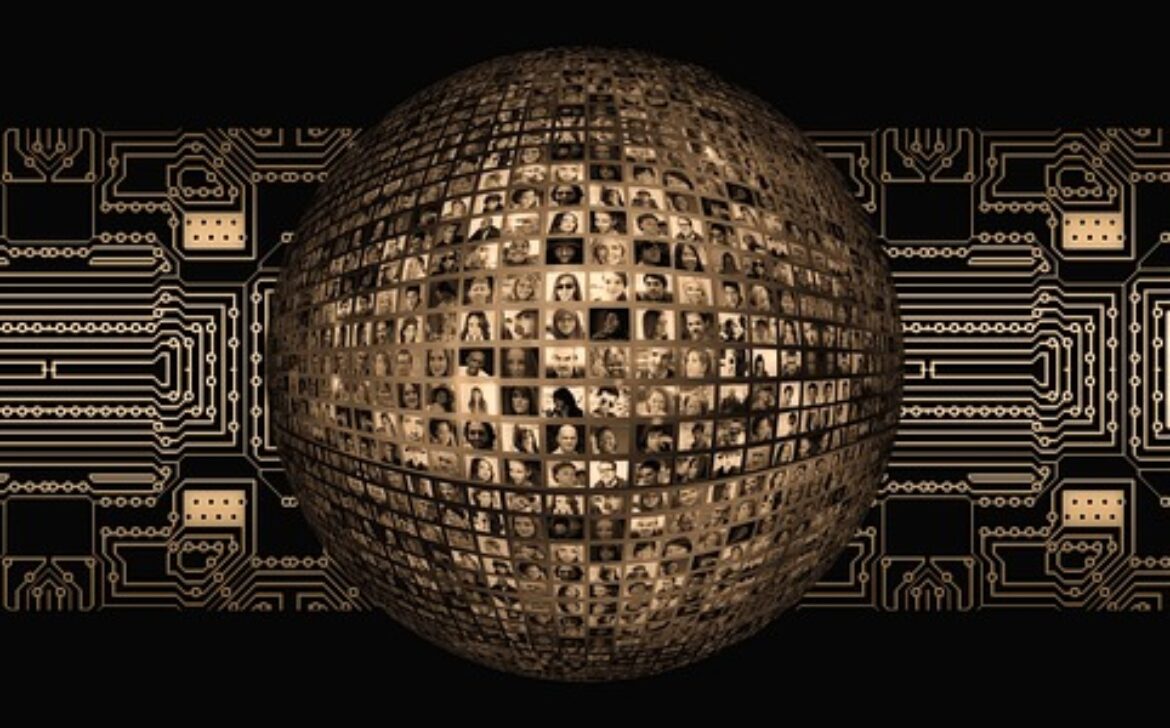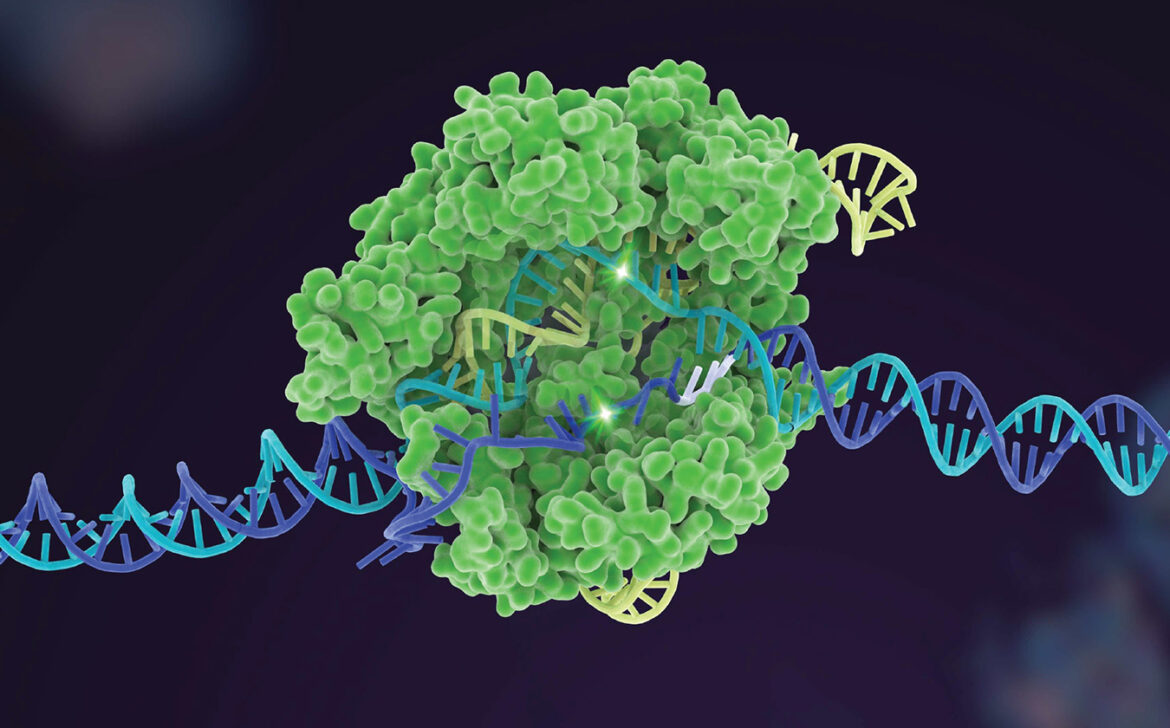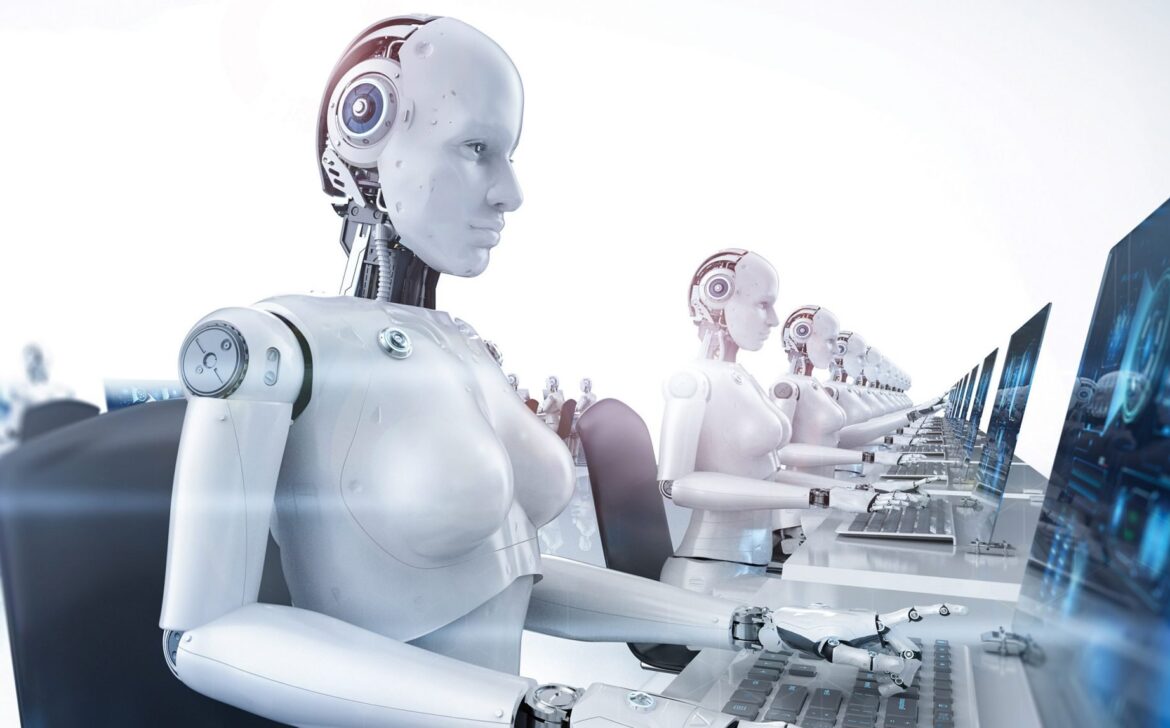Revolutionizing Healthcare: Unleashing the Power of Artificial Intelligence in Diagnosis, Treatment, and Patient Care
The intersection of technology and healthcare has led to remarkable advancements, and at the forefront of this synergy is Artificial Intelligence (AI). AI’s capabilities are reshaping how we approach diagnosis, treatment, and patient care in the medical field. In this article, we delve into the profound impact of AI on healthcare and how it is revolutionizing every aspect of the industry.
AI’s Role in Diagnosis:
- Early Detection: AI-powered algorithms analyze vast amounts of patient data to detect subtle patterns, enabling early diagnosis of diseases like cancer and cardiovascular conditions.
- Image Analysis: AI algorithms excel at interpreting medical images such as X-rays, MRIs, and CT scans, assisting radiologists in spotting abnormalities and making accurate diagnoses.
- Pathology and Histology: AI aids pathologists in diagnosing diseases from tissue samples, enhancing accuracy and reducing human error.
AI’s Role in Treatment:
- Personalized Medicine: AI analyzes genetic data and medical history to tailor treatment plans for individual patients, optimizing efficacy and minimizing side effects.
- Drug Discovery: AI expedites drug discovery by predicting molecular interactions, reducing the time and cost required to bring new medications to market.
- Treatment Planning: AI assists doctors in creating precise treatment plans, such as radiation therapy, based on patient-specific data and tumor characteristics.
AI’s Role in Patient Care:
- Remote Monitoring: AI-powered wearables and devices enable continuous patient monitoring, allowing doctors to track health metrics and intervene when necessary.
- Predictive Analytics: AI predicts disease progression and patient outcomes, guiding healthcare providers in making informed decisions about patient care.
- Chatbots and Virtual Assistants: AI-powered chatbots provide patients with instant responses to queries, appointment scheduling, and general medical information.
Challenges and Ethical Considerations:
- Data Privacy: AI relies on large datasets, raising concerns about patient privacy and the security of sensitive medical information.
- Bias and Fairness: Biases present in training data can result in AI systems that perpetuate healthcare disparities across demographic groups.
- Interpretability: The ‘black-box’ nature of some AI models makes it challenging to understand how decisions are reached, raising concerns among healthcare professionals.
The Road Ahead:
- Clinical Integration: Integrating AI into existing healthcare systems requires collaboration between technology developers and healthcare practitioners.
- Regulatory Frameworks: Clear regulations are needed to ensure the safety, efficacy, and ethical use of AI in healthcare.
- Education and Training: Healthcare professionals must be equipped with the knowledge and skills to effectively collaborate with AI systems.
Conclusion
Artificial Intelligence has transcended the realm of science fiction to become an integral tool in modern healthcare. Its ability to analyze vast amounts of data, recognize patterns, and assist medical professionals is reshaping the industry’s landscape. While challenges exist, the potential for improved diagnosis, tailored treatments, and enhanced patient care underscores AI’s transformative impact on the well-being of individuals worldwide. As we navigate the future, a harmonious partnership between AI and healthcare professionals will undoubtedly pave the way for more accurate, efficient, and compassionate healthcare practices.









